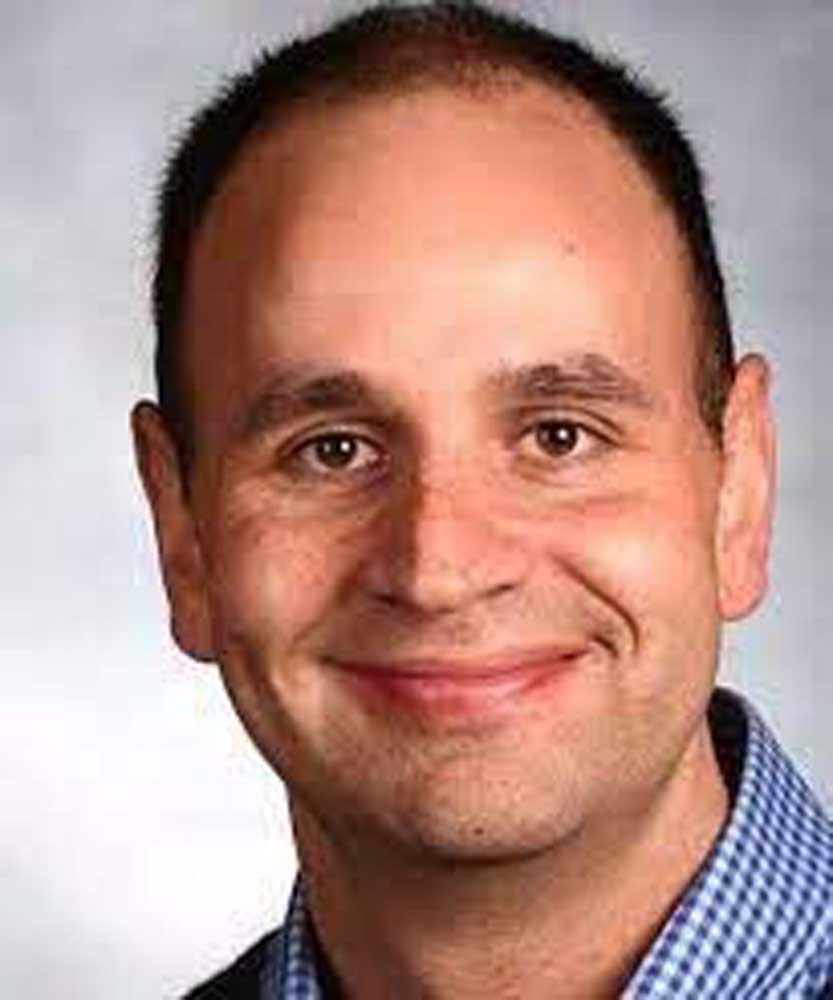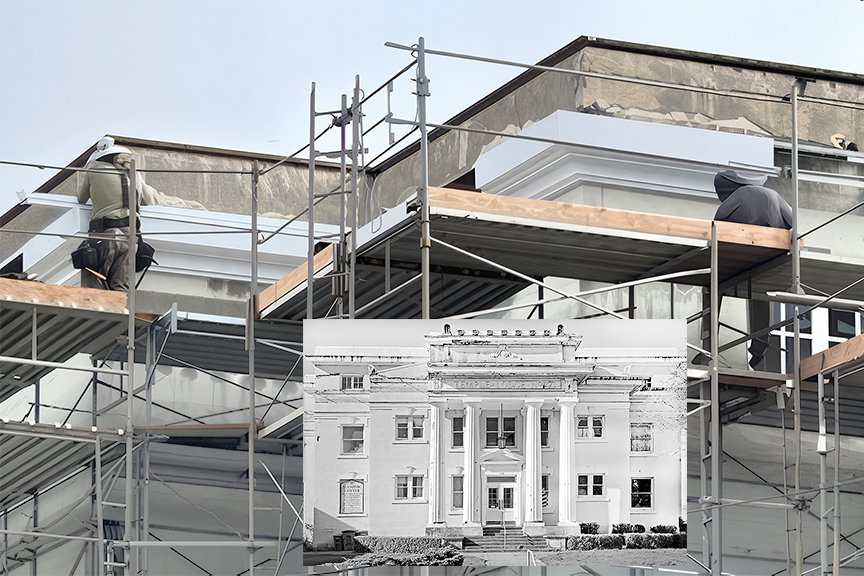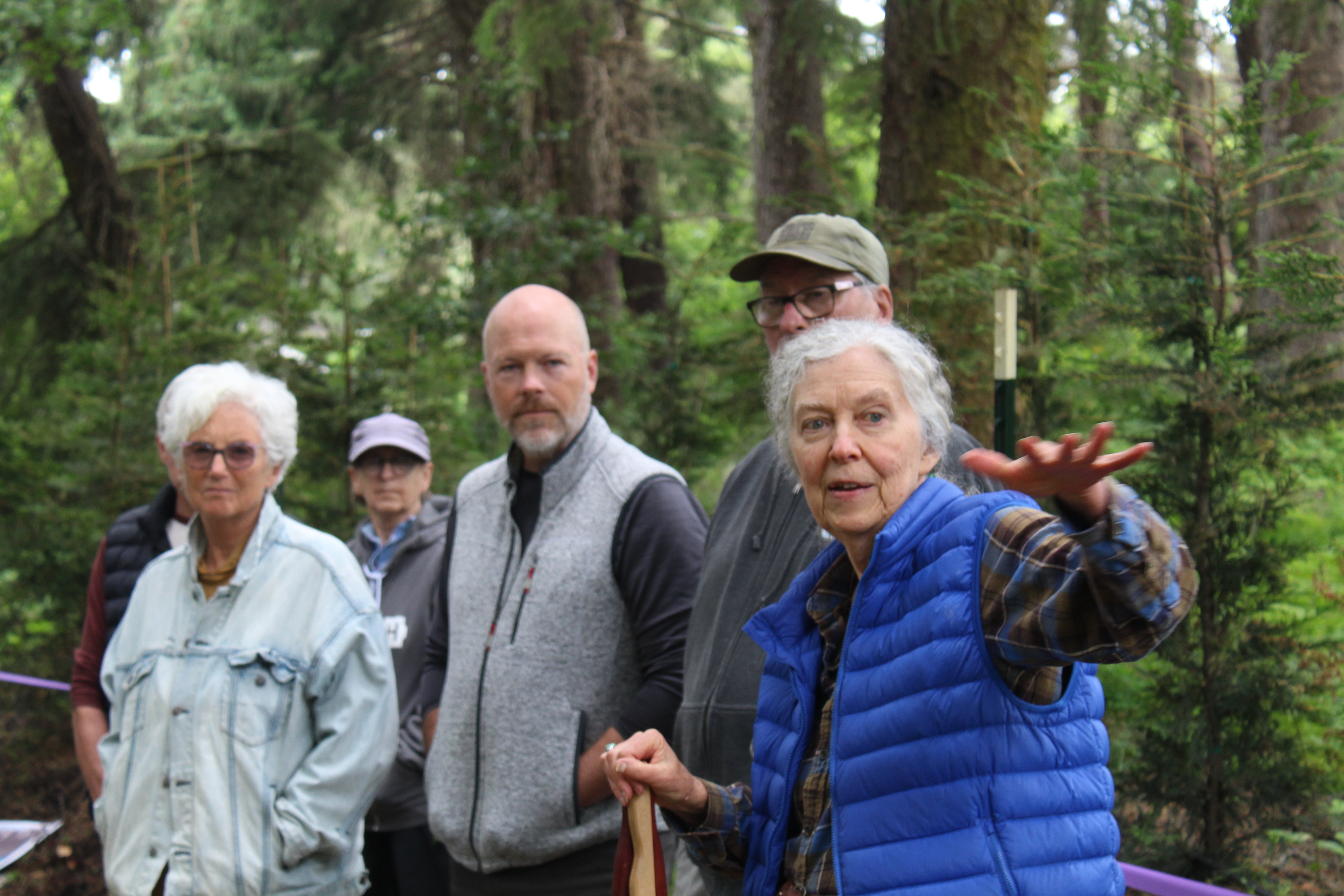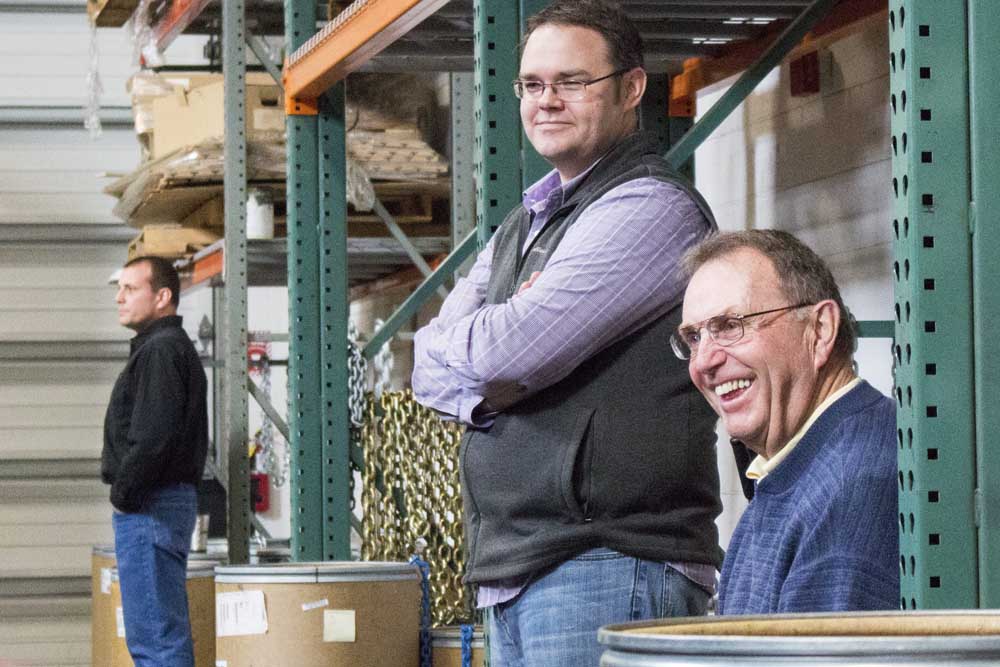Guest Column: Get training before emergencies happen
Published 12:30 am Thursday, January 19, 2023

- Skyler Archibald
“Did we win?”
Trending
By now you’ve all heard that those were words written by injured Buffalo Bills safety, Damar Hamlin, to doctors treating him at the University of Cincinnati Medical Center. The words followed days of nervously waited updates on Hamlin after he collapsed, suffering a cardiac arrest during a game in Cincinnati on Jan. 2.
The scene was one of shock, fear and sorrow. Football is entertainment for all of us. We watch closely to see if our favorite team wins and our favorite players, or the players on our fantasy football team, fulfill our expectations.
But we forget that these are human beings engaged in a brutally physical sport and with each play, even each step, they run the risk of career-threatening or even life-ending injury.
Trending
Thinking about Hamlin’s emergency struck me. In the chaos of the moment and all the weight that the situation warranted, there were heroes in the right place, at the right time and with the right training and tools. Those folks, seemingly, have prevented the end of a life.
The response was provided by training staff, coaches and medical professionals and appropriately speaking, this is one environment where the participants deserve the best, if not only because of the risk of injury, but also because of the resources available to the NFL and the teams.
Had the injury happened in the Sunset Pool, at one of our local parks or on Broadway Field in Seaside, how would our response have compared to what we saw at Paycor Stadium, home of the Cincinnati Bengals?
Resources aside, it is incumbent on all of us to have an emergency plan, to be prepared and to arm ourselves with all the tools and knowledge that we can to save a life and provide care in an emergency situation.
The American Red Cross states that the response rate for cardiac arrest increases from 7% to 41% when an automated external defibrillator is used. In America alone, cardiac arrest kills nearly 300,000 each year. If an individual suffering cardiac arrest receives a shock from a defibrillator in the first minute, their survival rate is 90%.
You wouldn’t have necessarily expected Hamlin to be the victim of cardiac arrest, with his peak physical shape and regular medical testing available to him.
To me, it becomes even more staggeringly important to have a plan in light of that fact. Few of us are in the pristine physical condition he was in, and even fewer of us will likely be attended to by medical professionals in a matter of seconds if a cardiac arrest befalls us or someone close to us.
Training can help teach us to respond. Knowledge of CPR is crucial, but also having the ability to reach emergency responders and communicate effectively could save a life.
No one should consider themselves exempt from this opportunity, as fate is not deterred by age or physical ability. Have a plan, get the training you need and be prepared for the possibility of an emergency.
For Hamlin, the training and teamwork perspective shaped that early question of “Did we win?” For us, a win might be the continued life of a loved one or a stranger. Our preparation and training will impact how many wins there are in these unavoidable situations.









